solaray Supplement articles
How does red yeast rice help with cholesterol?
What is the red yeast rice?
Red yeast rice is produced by the fermentation of the rice with the mould, biologically known as Monascus purpureus. Fermentation with this mould gives bright reddish purple colour to the rice, hence it is known as the red yeast rice. Scientifically as well as according to the English literature, “red rice koji” is the proper name for the red yeast rice.
History of the red yeast rice
Red yeast rice is indigenous to china. It is important part of the Chinese traditional cooking industry and used as a colouring agent for many recipes. It is also used for the preparation of the Chinese wine. Use of the red yeast rice as a blood purifier and to improve digestion is also documented in the Chinese traditional medicines.
Red yeast rice and cholesterol
The actual health benefit of the red yeast rice was found in the late 1970s, when Japanese scientists found that the fermentation with Monascus yeas produces a chemical called monacolins K which is identical to the cholesterol lowering drug, lovastatin. Thus, red yeast rice decreases the blood cholesterol by virtue of the chemical called monacolins K.
Cholesterol lowering mechanism of the red yeast rice:
Cholesterol is synthesized in liver from the fat that is ingested in our diet. For synthesis of cholesterol in the liver, an enzyme called HMG-CoA (hydroxy methyl glutaryl coenzyme A) reductase is essential. It converts the HMG CoA into mevalonate which is further converted to cholesterol. Monacolins K (lovastatin) inhibits the HMG CoA reductase leading to decreased synthesis of cholesterol by the liver.
Health benefits of red yeast rice
After synthesis in the liver, cholesterol is distributed to whole body by the carriers called lipoproteins. Among various types of lipoproteins, LDL (low density lipoprotein), if increased above normal levels, is considered as the most harmful lipid in our body. It can generate deposition of fats on the blood vessels (atherosclerosis), which eventually can lead to fatal conditions like heart attack (angina, myocardial infarction) and stroke. Red yeast rice, by decreasing the blood cholesterol levels, decreases the LDL and prevents the body from fatal complications like heart attack and stroke. According to a Chinese study, consuming red yeast rice decreases the risk of heart attack by 45% and cardiovascular death by 33%.
How much red yeast rice should be consumed?
Scientific studies have used 1200-2400 mg/day of red yeast rice, which accounts for the 10 mg of monacolins. At this dose, red yeast rice decreases the LDL-cholesterol by 22% after regular consumption for 12 weeks.
Side effects of red yeast rice
Red yeast rice contains monacolins K, which is identical to the USFDA approved cholesterol lowering drug, lovastatin. Although the amount of monacolins K is less in the red yeast rice, consumption of higher amount may lead to development of the side effects like lovastatin. Side effects of lovastatin includes are listed here.Muscle painFatigueAbdominal painNauseaVomitingRenal damageHepatic damage (at toxic levels) Particularly, persons taking lipid lowering drugs should avoid the use of red yeast rice, because it may increase the toxicity of the lipid lowering drugs like lovastatin, simvastatin, atorvastatin, rosuvastatin.
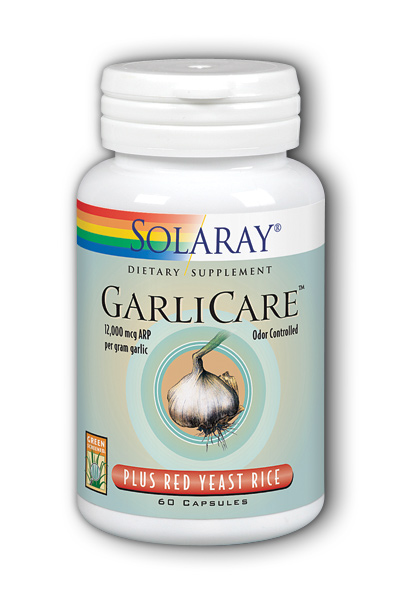
GarliCare Plus Red Yeast Rice 60ct
MSRP: $0 - On Sale at 35% OFF MSRP - $ 0.00
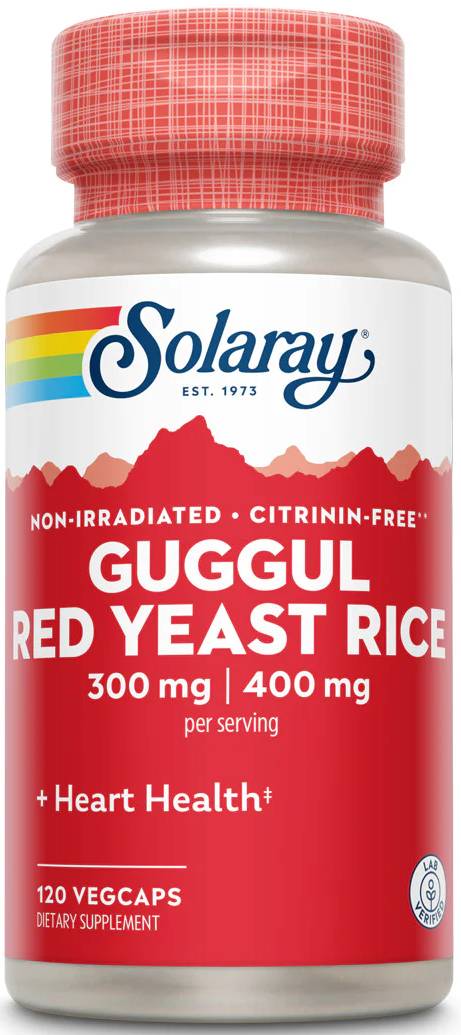
Guggul and Red Yeast Rice 120ct
MSRP: $35.69 - On Sale at 41% OFF MSRP - $ 21.06
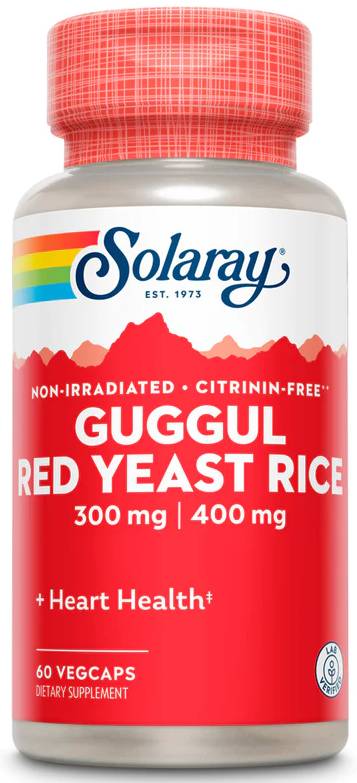
Guggul and Red Yeast Rice 60ct
MSRP: $18.79 - On Sale at 41% OFF MSRP - $ 11.09
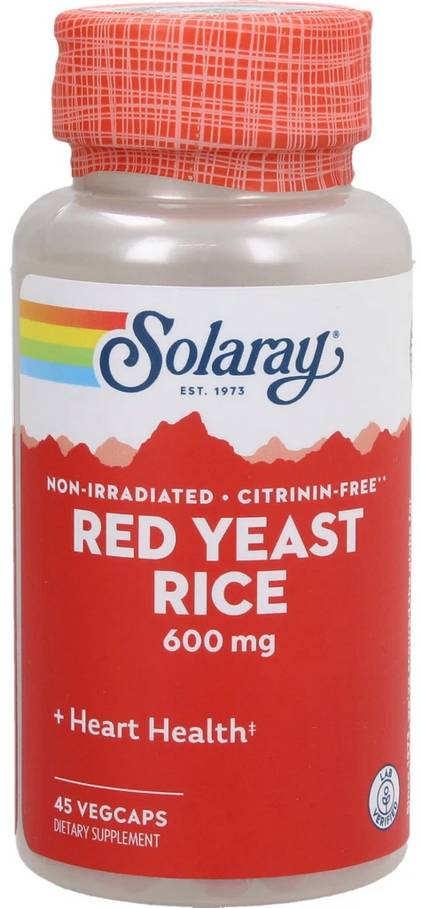
Red Yeast Rice 45ct 600mg
MSRP: $16.19 - On Sale at 40% OFF MSRP - $ 9.71
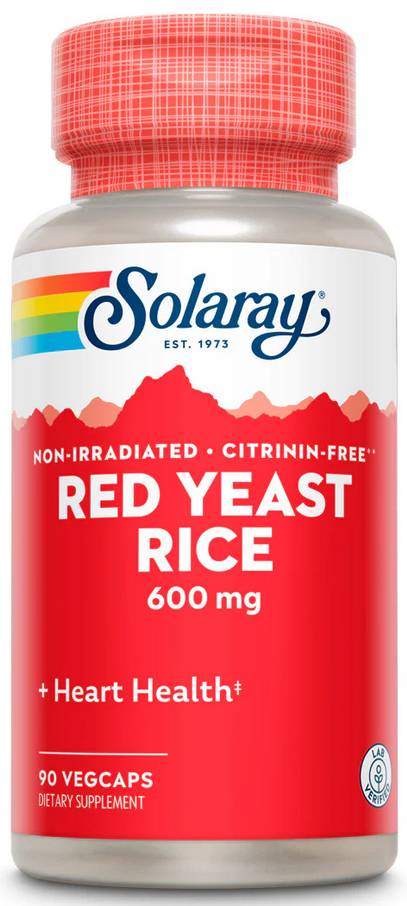
Red Yeast Rice 90ct 600mg
MSRP: $29.99 - On Sale at 40% OFF MSRP - $ 17.99
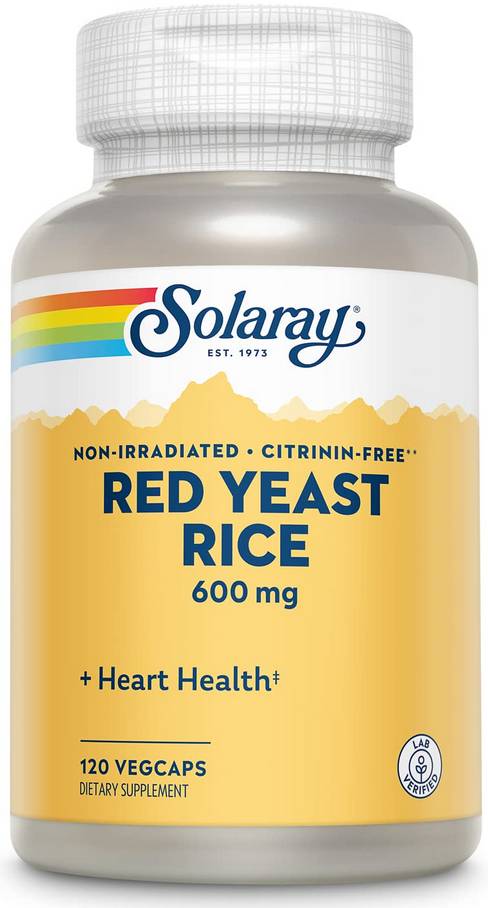
Red Yeast Rice 120ct 600mg
MSRP: $36.89 - On Sale at 40% OFF MSRP - $ 22.13
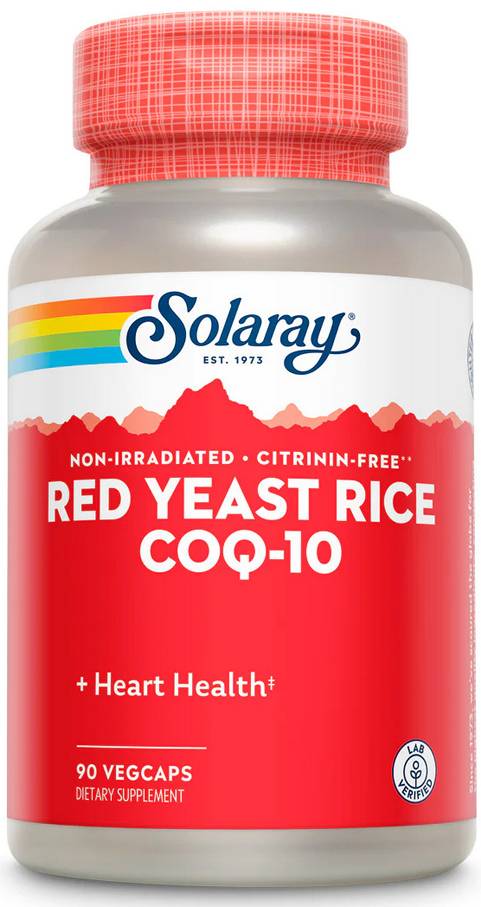
Red Yeast Rice Plus CoQ10 90ct
MSRP: $46.09 - On Sale at 40% OFF MSRP - $ 27.65
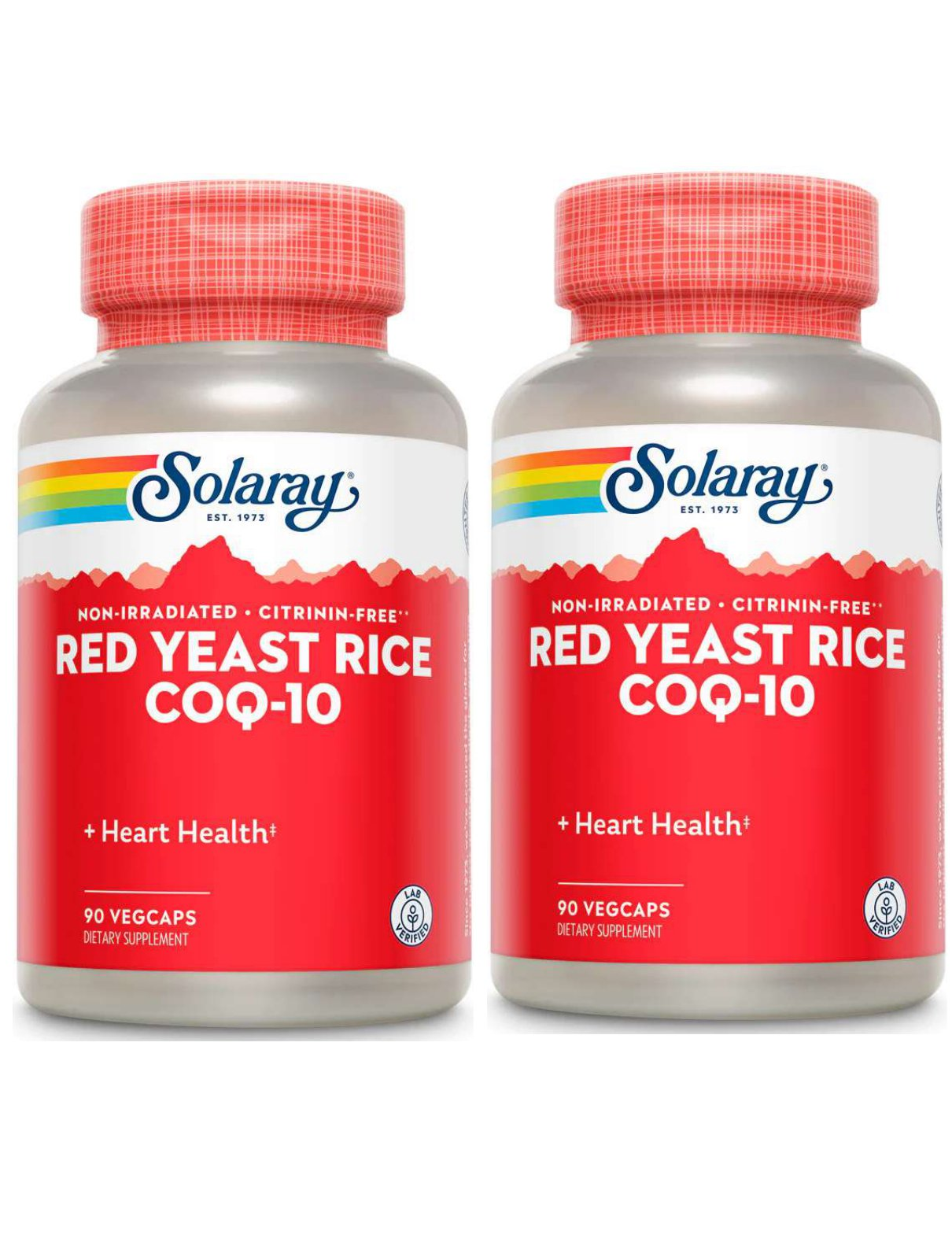
Red Yeast Rice Plus CoQ10 90 Caps + 90 Caps Twinpack
MSRP: $87.38 - On Sale at 46% OFF MSRP - $ 47.19
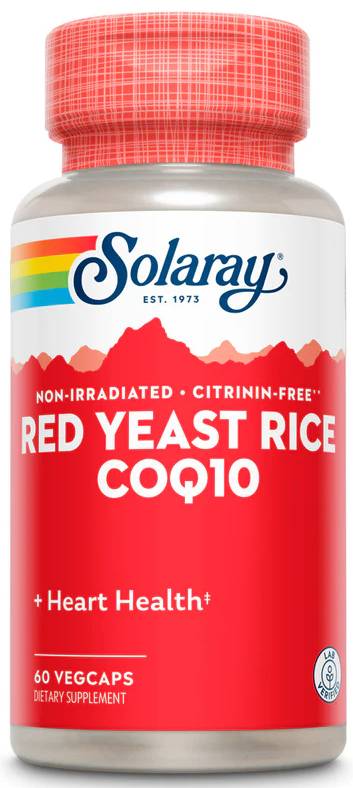
Red Yeast Rice Plus CoQ10 60ct
MSRP: $32.29 - On Sale at 40% OFF MSRP - $ 19.37



